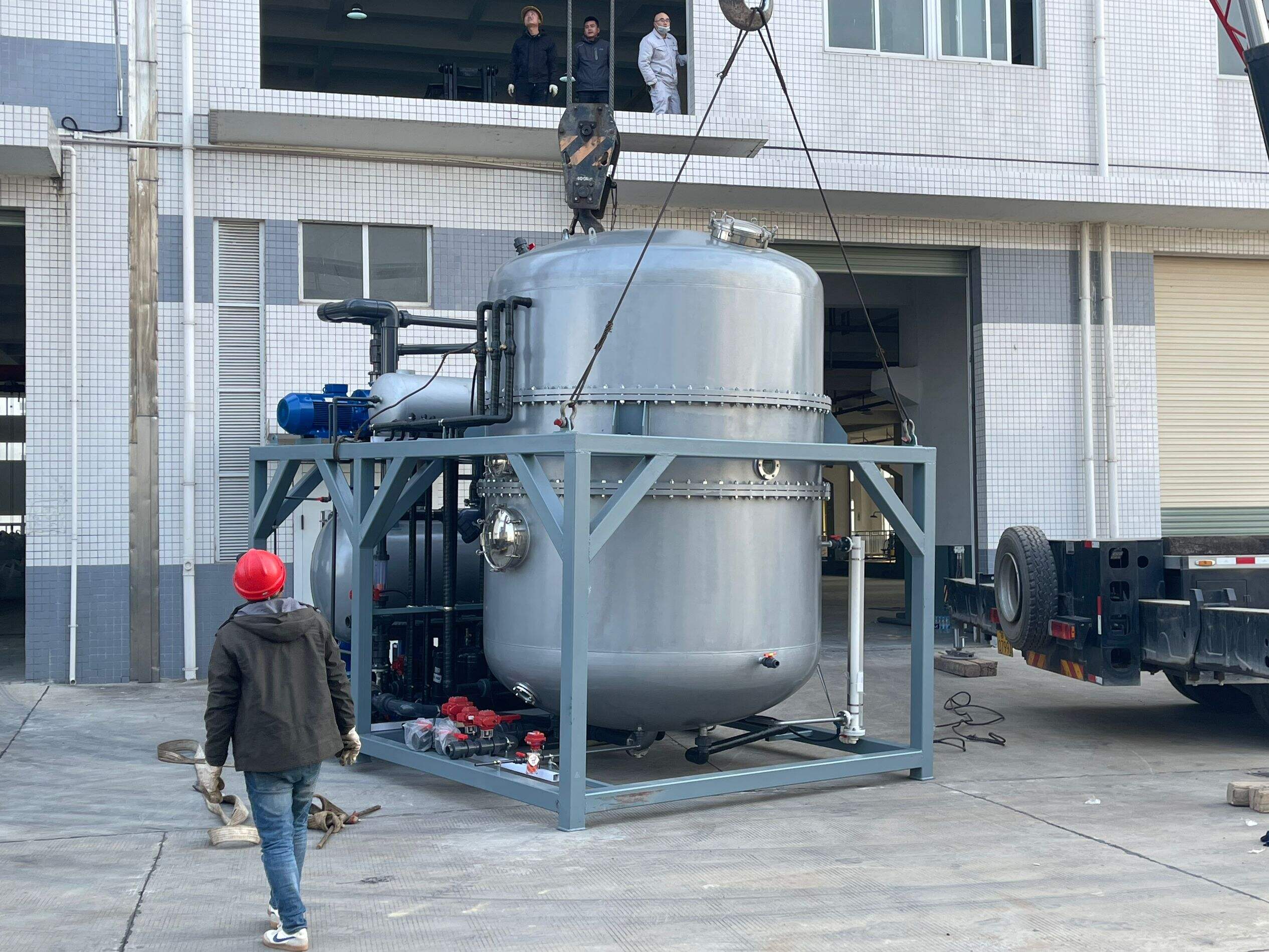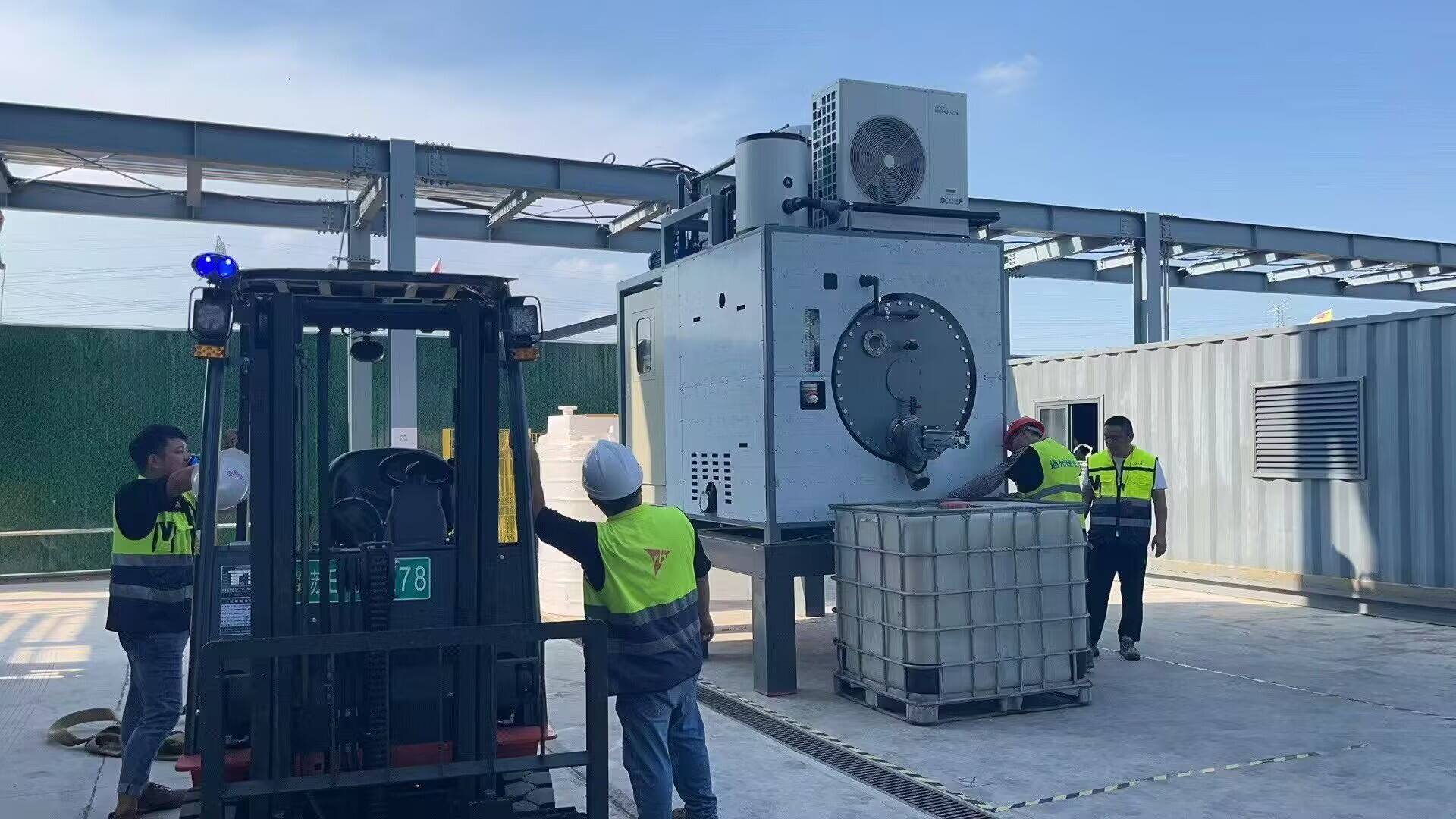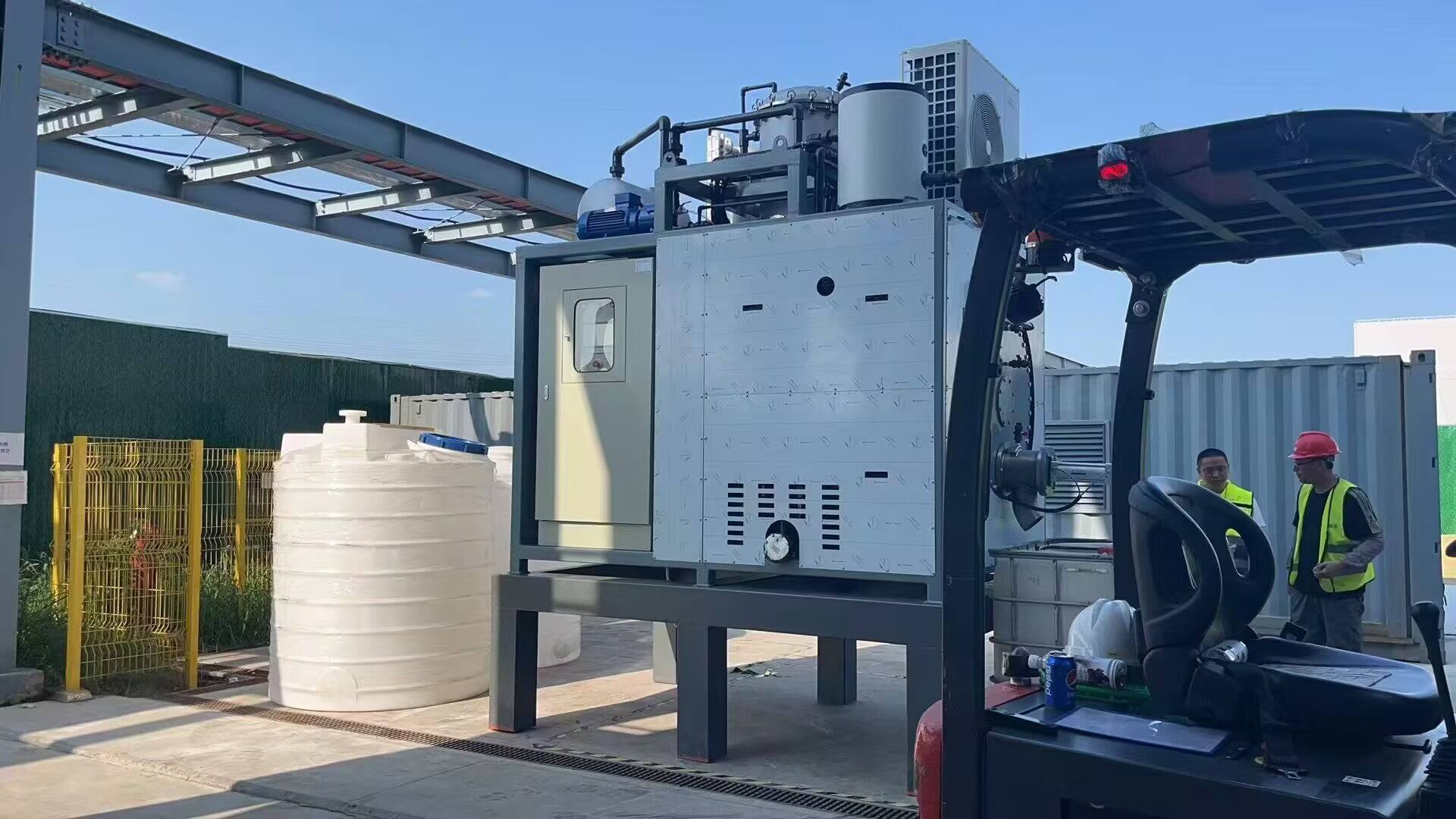low temperature vacuum evaporation
Low temperature vacuum evaporation is an advanced separation technology that operates by reducing pressure to lower the boiling point of liquids, enabling efficient separation at temperatures significantly below normal atmospheric conditions. This process is particularly valuable in industries where heat-sensitive materials need to be concentrated or separated. The technology works by creating a vacuum environment where liquids can evaporate at temperatures as low as 40-50°C, preserving the integrity of temperature-sensitive compounds. The system typically consists of a vacuum chamber, heating elements, condensation units, and sophisticated control systems that maintain precise temperature and pressure conditions. In operation, the liquid mixture enters the evaporation chamber where reduced pressure causes the more volatile components to vaporize. These vapors are then condensed and collected separately, while the concentrated solution remains. This method is especially crucial in food processing, pharmaceutical manufacturing, and chemical industries where traditional high-temperature evaporation methods might damage or degrade the product quality.


